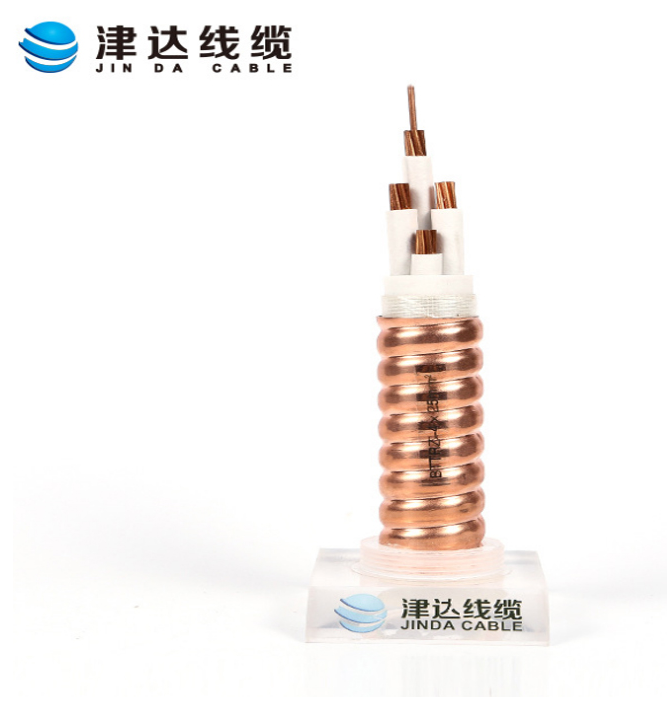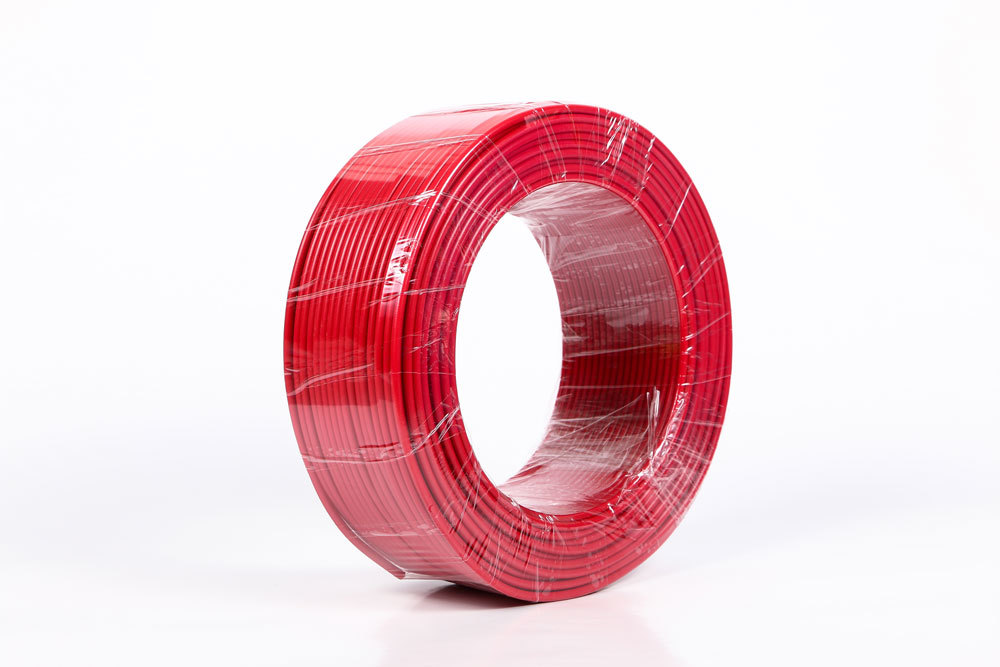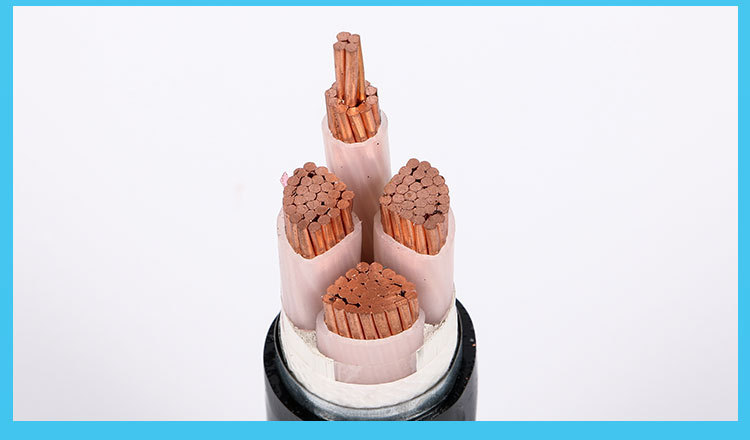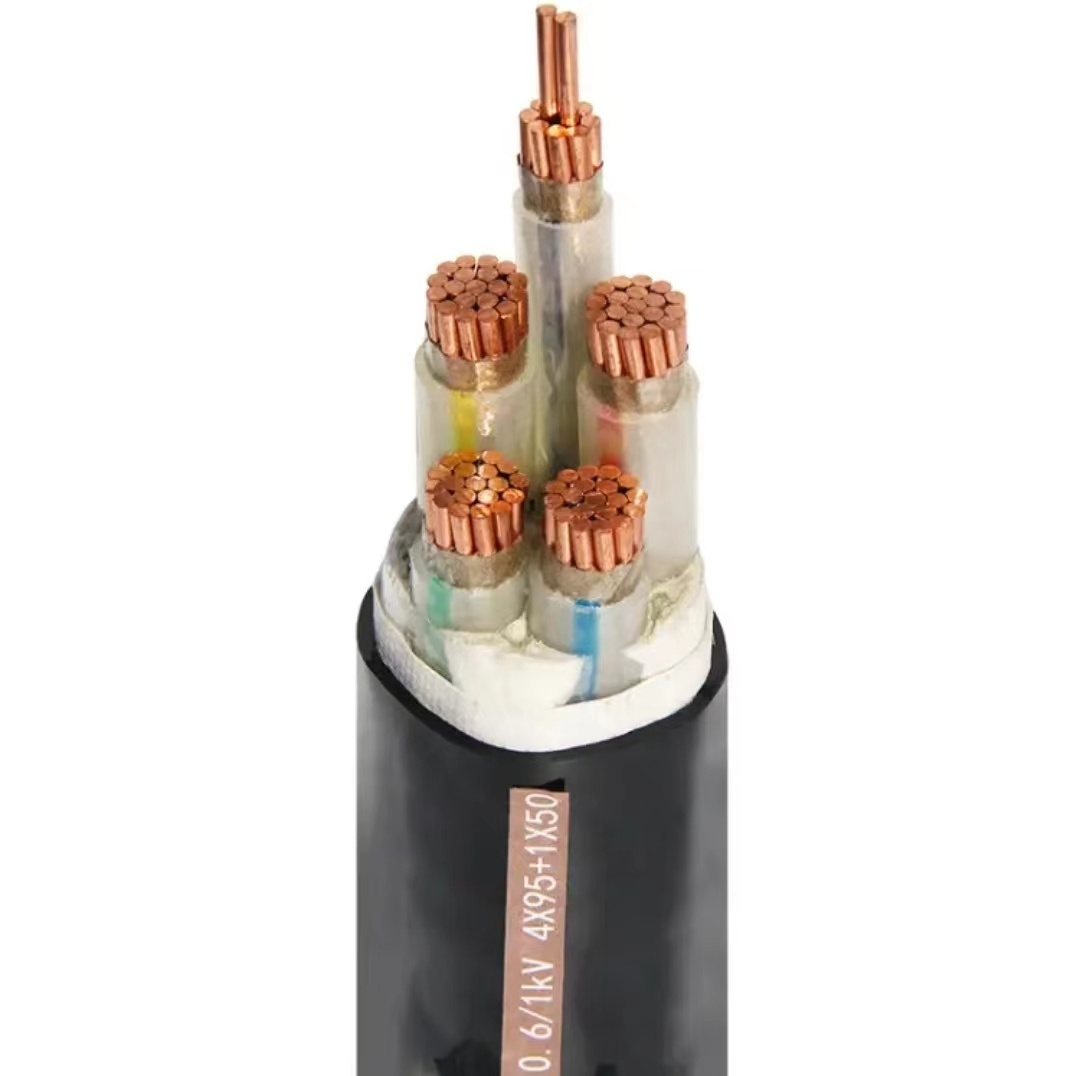Refractory wire and cable
Refractory cable refers to a cable that can maintain safe operation for a certain period of time under flame combustion. Refractory cables are widely used in high-rise buildings, underground railways, underground streets, large power stations and important industrial and mining enterprises and other places related to fire safety and fire rescue, such as fire fighting equipment and emergency guide lights and other emergency facilities power supply lines and control lines.
Keyword:
Category:
Detail
Refractory cable refers to a cable that can maintain safe operation for a certain period of time under flame combustion. Refractory cables are widely used in high-rise buildings, underground railways, underground streets, large power stations and important industrial and mining enterprises and other places related to fire safety and fire rescue, such as fire fighting equipment and emergency guide lights and other emergency facilities power supply lines and control lines.
Ordinary fire-resistant cables in China are divided into Class A and Class B: Class B cables can withstand combustion at least 90min in flames and rated voltages of 750 °C to 800 °C without breakdown (that is, 3A fuses do not fuse). On the basis of improving the refractory layer manufacturing process and increasing the refractory layer, a class A refractory cable has been developed, which can withstand combustion for at least 90min in the flame of 950 ° C ~ 1 000 ° C and at rated voltage without the cable being broken down (that is, the 3A fuse is not fused). Class A refractory cable has better fire resistance than Class B. In addition, mineral insulated cable is a kind of refractory cable with better performance, it is made of copper core, copper sheath, magnesium oxide insulation material processing, referred to as MI (minerl insulated cables) cable. The cable is completely composed of inorganic substances composed of a refractory layer, and the refractory layer of the ordinary refractory cable is composed of inorganic matter and general organic compound, so the fire resistance of the MI cable is better than that of the ordinary refractory cable and will not decompose to produce corrosive gases due to combustion. MI cable has good fire resistance characteristics and can work at a high temperature of 250 °C for a long time, and at the same time has the characteristics of explosion-proof, strong corrosion resistance, large ampacity, radiation resistance, high mechanical strength, small size, light weight, long service life and smoke-free. However, the price is expensive, the process is complex, the construction is difficult, in the oil irrigation area, important wooden structure public buildings, high temperature places and other occasions with high fire resistance requirements and economic acceptance, this kind of cable with good fire resistance performance can be used.
According to the specific characteristics of the refractory cable, the designer should pay attention to the following problems when designing and selecting:
(1) When the fire-resistant cable is used in the cable dense cable tunnel, cable sandwich, or located in the oil pipe, near the oil depot and other flammable places, the Class A refractory cable should be selected first. In addition to the above cases, and the number of cable configurations is small, a Class B refractory cable can be used.
(2) Fire-resistant cables are mostly used as power supply circuits for emergency power supplies, requiring normal work during fire. Due to the sharp rise in ambient temperature during the fire, in order to ensure the transmission capacity of the line and reduce the voltage drop, the cross-section of the refractory cable should be enlarged at least one stop for the loop where the power supply line is long and the allowable voltage drop is strictly limited.
(3) Refractory cable can not be used as a high temperature cable.
(4) In order to reduce the probability of failure of cable joints in fire accidents, the number of joints should be minimized in the installation to ensure that the line can work normally in the fire. If branch wiring is required, fire protection should be done with the joint.
Inquiry






